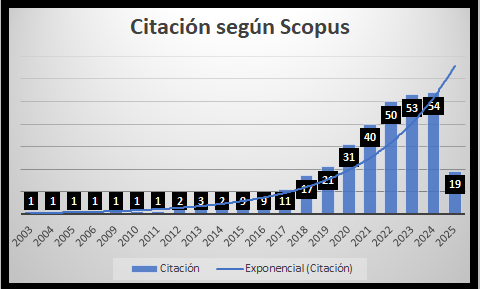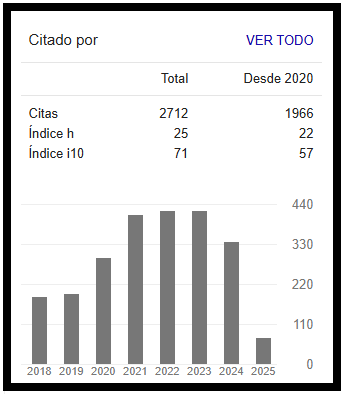Journal data
- ISSN: 2224-235X
- E-ISSN: 2304-2265
- Format: electronic / Open Access
- Frequency: semi-annual publication / early published
- Peer review system: double anonymized review
- Charges: no
Goal
Contributing to the dissemination of the scientific production of social communicators, both national and foreign, giving them greater visibility. Through indexing, the aim is to configure the journal as an important source of global consultation, aimed at students and professionals in the social and humanistic sciences.
Scope
It has a national and international scope due to its distribution and subject matter, and can be found in digital media (free access). The magazine is also a space open to the participation of undergraduate and postgraduate students, university professors, researchers, as well as professionals in the social and humanistic sciences interested in obtaining in-depth knowledge in the area of communication sciences.
Normative
The Statute of the San Martin de Porres University, in its corresponding regulations and rectoral resolution No. 000, the journal Correspondences & Analysis belonging to the Research Institute of the School of Communication Sciences of the San Martin de Porres University is created.
Responsible
Requirements
As part of the submission process, authors are required to check that their submission complies with all of the elements shown below.
Regarding the shipping conditions
Submissions that do not meet these guidelines will be returned to authors.
Editorial management process

 |
2.png) |
 |
 |







 Licencia Creative Commons Atribution 4.0 International (CC BY 4.0)
Licencia Creative Commons Atribution 4.0 International (CC BY 4.0)
Address: Av. Tomás Marsano Nº 242, Surquillo. Lima - Perú
Phone: (51-1) 513-6320 - Extension: 2190
E-mail: revista_cya@usmp.pe
Web: https://ojs.correspondenciasyanalisis.com/index.php/Journalcya
DOI: https://doi.org/10.24265/cian
ISSN: 2224-235X (Print)
2304-2265 (Online) 
